In the weeks since Chicago created its first mural registry to protect public street art from accidentally being erased, more than 150 projects have been added to the list.
James Jankowiak, a local artist, was consulted by the Department of Cultural Affairs and Special Events before the registry was made official in late April. “DCASE did the right thing and invited a handful of artists who are known for public artworks, including graffiti art veterans who are typically left out of these types of meetings,” Jankowiak said.
Jankowiak said the new registry will do good for the art community in various ways. “Overzealous streets and sanitation workers who hate graffiti art will have to abide by the registry and that’s a good thing.” Jankowiak said.
While the mural registry’s primary concern is preserving significant public works of art, it is also open for public access as a way to make it easier for residents and tourists to explore and learn about art in the city.
Jankowiak also said that the registry could increase tourism in local neighborhoods that otherwise rarely benefit from out of town visitors. “Street and public art has become something tourists seek out. Now they’ll know where to go to take their selfies,” he said.
“Altered Translation,” Jankowiak’s mural located at Corner Projects in Avondale, will be registered soon. “I have no plans to create any public art at the moment, I am focused on my studio practice, but you never know what the future will bring. If I get a chance to do something, I’d definitely register it,” he said.
Another local artist, Lynn Basa, said that having a mural registry is the next step to preserving murals. “I remember when murals were looked down upon as just community art and not considered worthy of saving or preserving,” Basa said. “It’s gone from being this outlaw thing, to preserving it on a registry, to having it in a gallery.”
Basa’s sculpture, “Worker Cottage Parklet,” is on display in Wicker Park on the corner of Milwaukee Avenue and Wood Street, as well as a mosaic mural that is displayed on the CTA Red Line Argyle stop.
While Basa will not have to register her sculpture, she is unsure of whether or not she will register her mural. Registering a mural is optional, but the city does encourage artists to do so to prevent from any accidental removal. City workers accidentally erased several murals before the registry was created, including J.C. Rivera’s “Bear Champ” mural just days after it was finished, and Hebru Brantley’s “Flyboy” after 10 years of being on display in Wicker Park.
To register a mural, the artist, organization or property owner must submit an application. City officials will not approve murals if they contain gang symbols or portray “an unreasonable or offensive act, utterance, gesture, or display that creates a clear and present danger of a breach of peace or imminent threat of violence,” according to the application.
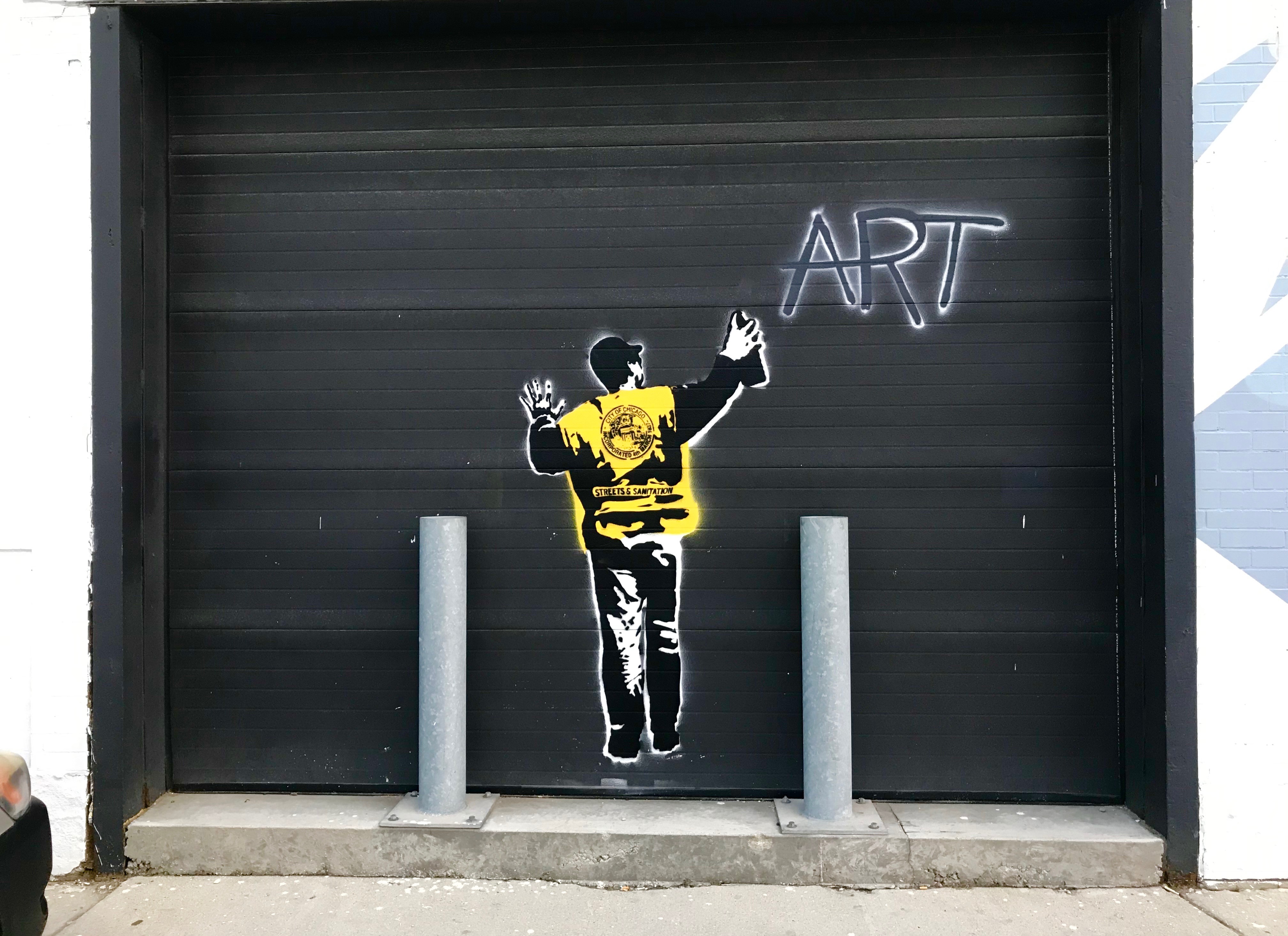
Local street artist Peter Cusac said the registry seems like the city’s way of passing off responsibility. “It’s not for the artists, it’s so they don’t get sued,” Cusack said. Rather than having a mural registry, Cusack said that the city should instead have “a more comprehensive ‘buff’ system.”
One of Cusack’s main concerns with the registry is the city having a say in whether or not a mural is considered “appropriate” art. “It seems like when you’re getting the city or state involved, you’re taking away freedom of speech,” Cusack said.
Wicker Park Bucktown Special Service Area 33 social media administrator Jordan Miller said that the mural registry process is very reasonable. “The mural registry surely won’t hinder murals from being created. It’s a totally voluntary process,” he said.
However, Miller said that he can empathize with the other side of the argument, but is confident that the city is willing to work with the artists as the registry progresses. “They seem very much interested in working out the kinks, working out the issues and further developing this to better serve artists and the community,” he said.
When an artist applies to register their mural, they are required to fill out a five-page application that is then submitted to DCASE. The application asks for information about the muralist, the installation and the location — all of which will be published in the registry for the public to see.
Once a mural is approved, it will be assigned a mural registration ID as well as an official emblem from the city. The emblem must be attached to the mural within 30 days.
Miller said that he is excited that the city is making an effort to protect Chicago art. “Chicago has such a rich history of public art, it’s almost kind of amazing that it’s taken us this long to do this,” Miller said.
A local street artist who goes by the name “Nerd” emphasized that longevity is crucial. “I’m in favor of it. I want to see these murals stay up for as long as possible,” he said. “A lot of art has been erased over the years, especially with areas being gentrified.”
Brian Hopkins, 2nd Ward Alderman, was eager to implement this new registry, but first encountered resistance from Raymond Lopez, 15th Ward Alderman. Lopez was concerned about taxpayer liability and assuring graffiti removal remains a higher priority than preserving public art. Hopkins then altered the ordinance to acknowledge and relieve these concerns.
John Geahan, director of community relations for Hopkins, is hopeful in that the registry will have a positive impact on the art community. “I think this is more of a comprehensive, centralized place to allow muralists to make their name known in the city,” Geahan said. “We have art all over the city, let’s let people know where it is, let’s help streets and sanitation follow this.”

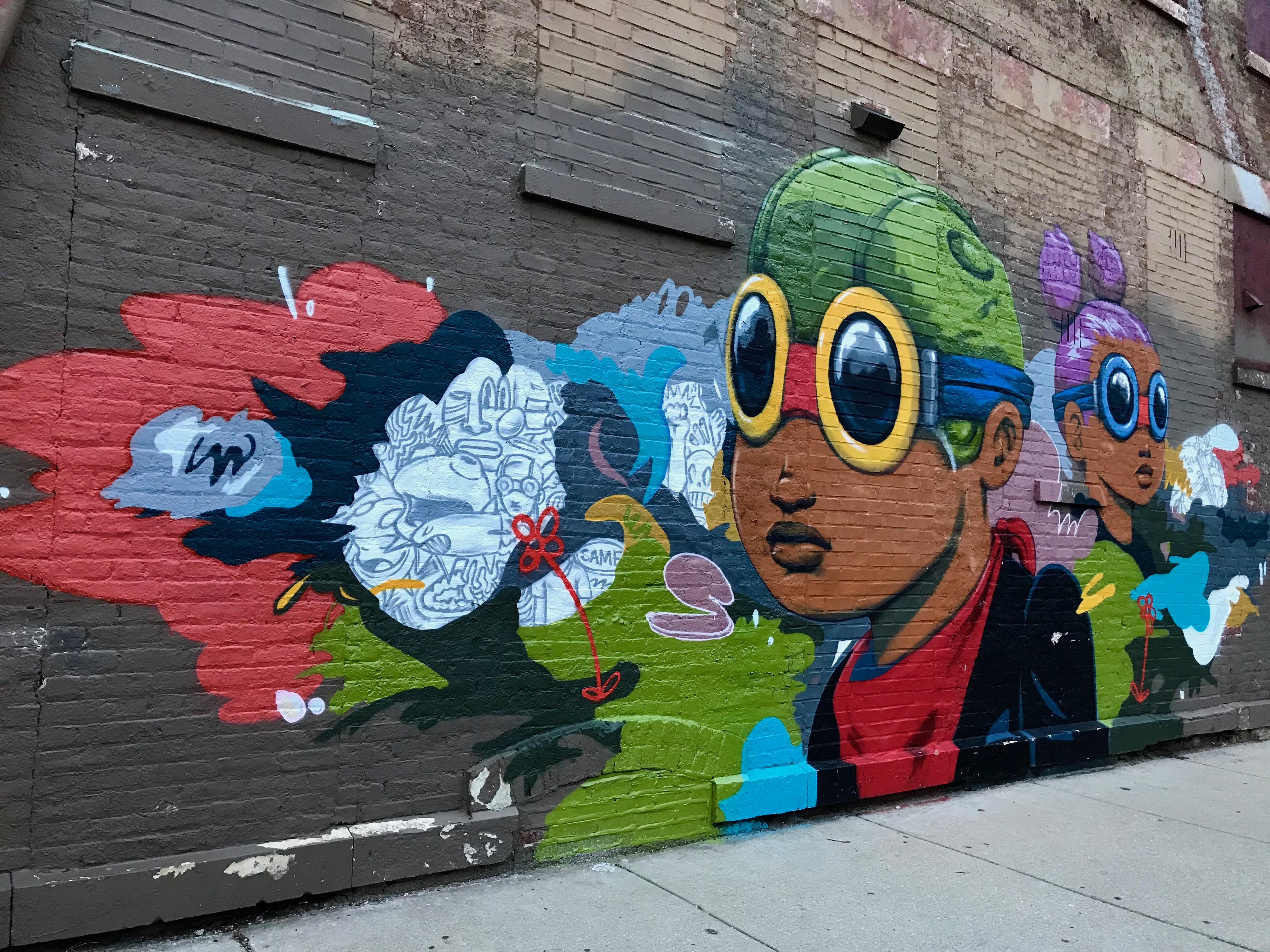
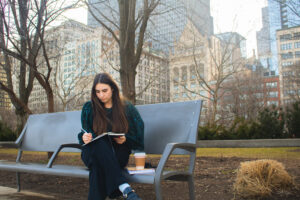
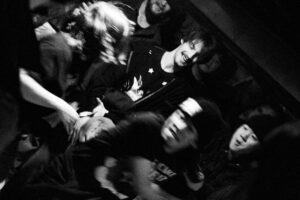
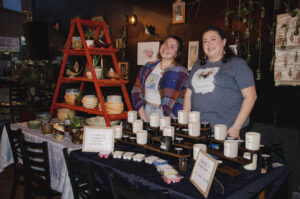
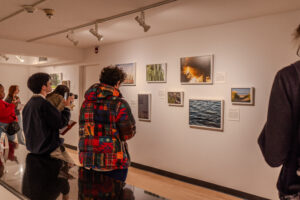
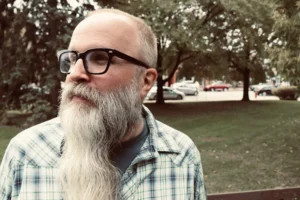





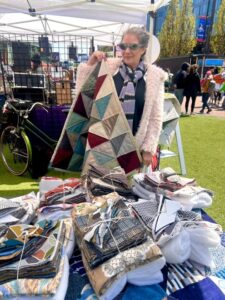
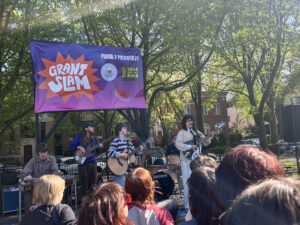

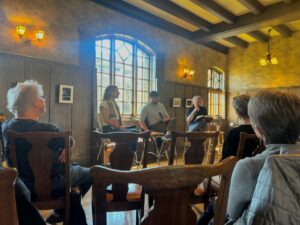
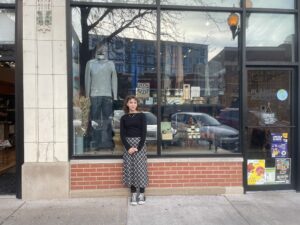

Be First to Comment